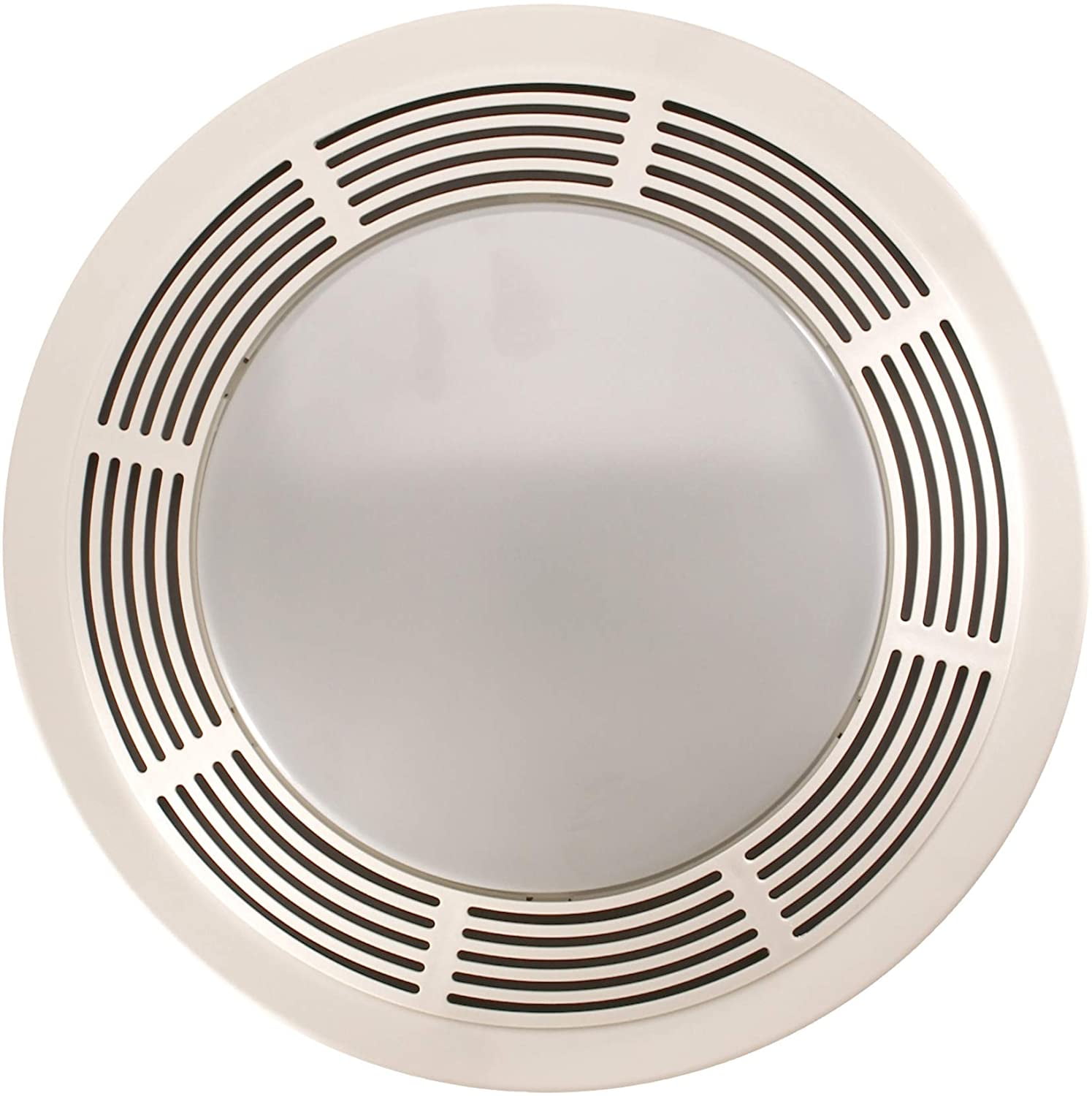
With energy savings being on everyone’s mind, choosing an Energy Star fan is, without question, the best choice. We again caution that some of our customers have left these fans on all day because they couldn’t hear them running and forgot about them. By removing the fan assembly from the bathroom space and mounting it remotely, the possibility of the ultimate in quiet operation, virtually 0 sones, can be achieved (depending on how far away the fan is mounted). These fans are mounted in the attic, thereby removing the motor and fan assembly from within the bathroom itself, and provide quiet and effective exhaust ventilation to deal with most airflow requirements. Be careful not to get one that’s too low otherwise you might forget that you left it on.Ī quiet alternative to traditional bathroom fans is the remote mounted in-line ventilation fan. A good rating to look for is 1.5 or lower. Sound is rated by sones and the higher the number the louder the fan will be. If a bathroom fan does not carry an HVI rating, there is a very good chance that the fan will be noisy. When considering fan sound levels, it is important to check for the HVI rating. Various studies have shown that many people do not turn on their bathroom fans because they are too noisy. The second issue is the sound level of the bathroom fan. In many cases, the space between the bottom of the door and the floor is adequate, but in some cases an additional air make-up source must be installed to allow the fan to operate at peak performance, such as an additional grille installed in the bathroom door. Fans will only remove air from an area at the rate that the air can be replenished, regardless of the correct sizing or rated air flow. If it still doesn't hold, it's time for a new exhaust fan.Īir make up is an important factor to consider when sizing a bathroom fan. If it holds this time, all you needed to do was clean the motor. Use a vacuum or damp cloth and be sure to clean inside of the housing prior to plugging it back in. Take it out, rinse and let dry for 48 hours before plugging it back in again. Submerse it in warm soapy water and clean it thoroughly. Next, unplug the motor and remove the motor completely. Remove the trim from the fan and wash it thoroughly. The first thing to try is washing the fan and the motor. It's not actually sucking out any of the humidity. If it doesn't, all your fan is doing is making noise. The fan should suck the toilet paper up and it should stay attached to the fan.

Turn the fan on and put the toilet paper up to the fan. We recommend doing a toilet paper test to ensure your fan is functioning effectively. Consequently we might be leaving our exhaust fans running longer than usual.
#Bathroom extractor fan windows#
This can often be the reason why your paint will start peeling from your ceiling or walls in the bathroom.ĭuring colder months, we typically don't open our bathroom windows to let the moisture and humidity out from our showers in the morning.

Unless the motor stops functioning completely, your fan will still make noise even if it’s not sucking any of the moisture out of the room. Whenever we are hired to do a home inspection for a potential buyer, one of the tests we do is our “toilet paper test” to ensure the exhaust fan is truly working. However, just because your fan is making noise, doesn’t mean it is “working” at all! It’s working just fine! Turn on the switch and listen.

It is the most common overlooked item in a bathroom renovation. Whenever we are asked to provide a quote for a bathroom renovation, we often ask the home owner if they have a functioning exhaust fan.


 0 kommentar(er)
0 kommentar(er)
